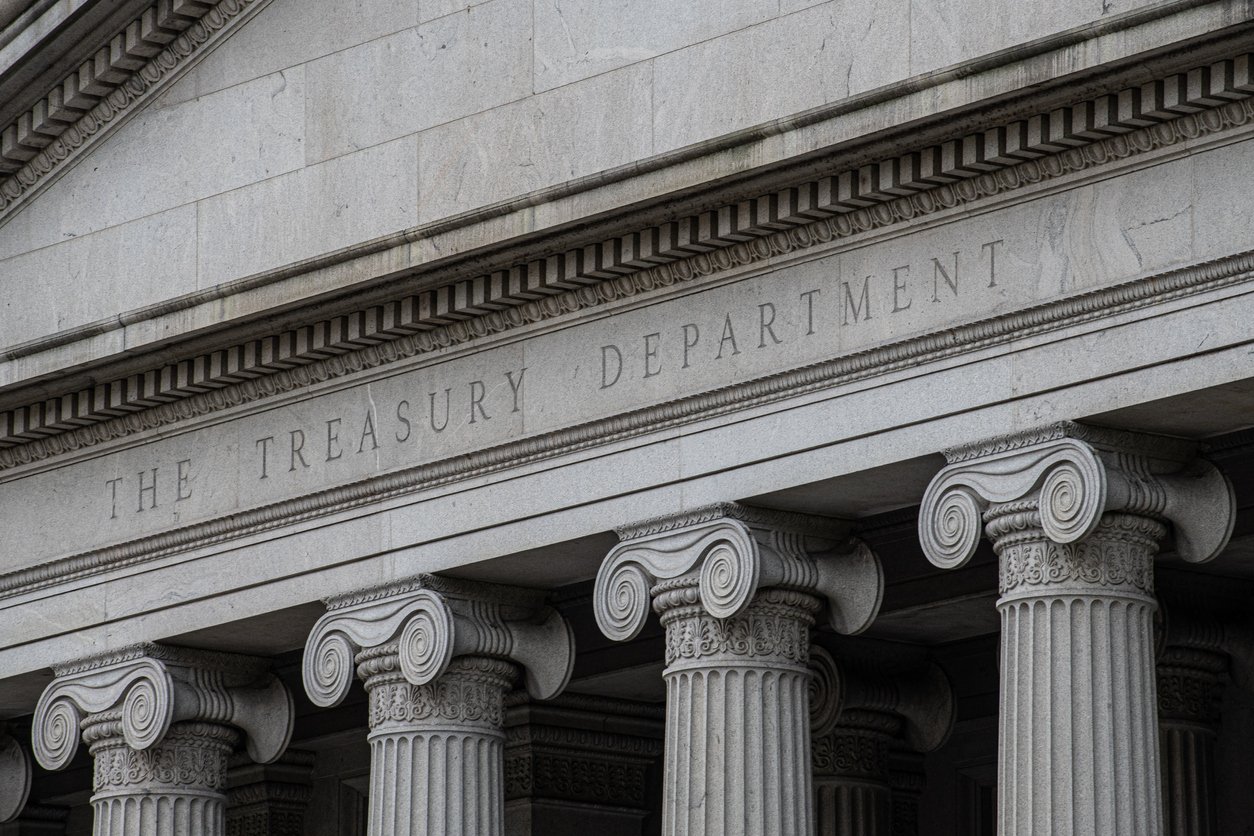The term “risk tolerance” gets thrown around a lot when it comes to investing. So, what does it mean, and how does it relate to retirement?
In simple terms, risk tolerance is a term for how much money you’re able to lose before you start making bad and ill-timed decisions. This term is asymmetric, meaning that it only applies to the downside volatility of an investment. Nobody complains about how quickly they made 25% in their portfolio, but a 25% loss is another story. And this is a unique dichotomy. You may be tempted to ride the stock market upward and take on incremental levels of risk while you’re earning money, but the opposite is rarely true. Yet it’s the opposite, taking more and more risk as markets slide further and further southward, that ultimately separates the good investors from the bad ones.
Risk tolerance is a sliding scale. A score of 0 suggests that you’re not willing to take ANY risk, while a score of 100 suggests that you’re willing to bet and lose it all. Conservative investors are closer to 0 while aggressive investors are closer to 100. Your exact location on this scale will move over time. Your perception of risk, whether real or imagined, will impact this. So will market conditions (i.e. chasing stocks higher and selling them out when they’re lower). The actual size of your portfolio also plays a role. You might be willing to lose 20% of $50,000, but what about 20% of $3M? Most of all, your own circumstances are the largest deciding factor. What you do with your portfolio at age 30 is markedly different to what you should be doing with it at age 60. All of this is relative and may manifest differently depending on a myriad of factors.
So, what’s the point of taking an aggressive stance vs a conservative one? Or vice versa? The situation is the boss. In a perfect world, you would select the portfolio positioning that affords you the greatest level of benefit and satisfaction. This is a mix of practicality, as in does it do what you need it to do, and satisfaction in how you feel about it doing what it needs to do.
It’s been our experience that many people, and even some advisors wishing to please these people, will focus almost entirely on the latter. Are you a conservative investor? Don’t like risk? Then don’t take any. Build your portfolio securely and invest in guaranteed products. This may work for some, but it leaves many others short of reaching their goals. Sometimes you must take on risk to have a shot at achieving your financial goals. How comfortable you are with it and your corresponding risk tolerance may have to take a backseat to you reaching the needed portfolio size to generate adequate income in retirement.
The opposite may be the case for aggressive investors, and that brings us back to our initial comment about separating the good investors from the bad. Just because you can chase stocks higher doesn’t mean you should. And just because you are fortunate enough to have the slack in your planning to recover from bad investment decisions in bear markets doesn’t give you a free pass to make them. Risk tolerance is balance between many factors when determining the optimal portfolio positioning, but it’s all about discipline when it comes to execution.
Whether you are aggressive, conservative, or something in between, what will ultimately make you successful is your adherence to a prudent investment plan. Risk tolerance is just one component. Stick to your model asset allocation and rebalance regularly. This means selling stocks when they’re going up and buying them when they’re going down. But ignoring your plan and acting on your biases (fear for conservative risk tolerances and greed for aggressive ones) is a surefire way to perform poorly. It’s no wonder, then, that Fidelity’s best investors are all dead or inactive.
If you’re having trouble figuring out what allocation you should adopt and why, then reach out and give us a call. We’ve helped hundreds of people think through this and can help you, too. Schedule your complimentary consultation with us today.












